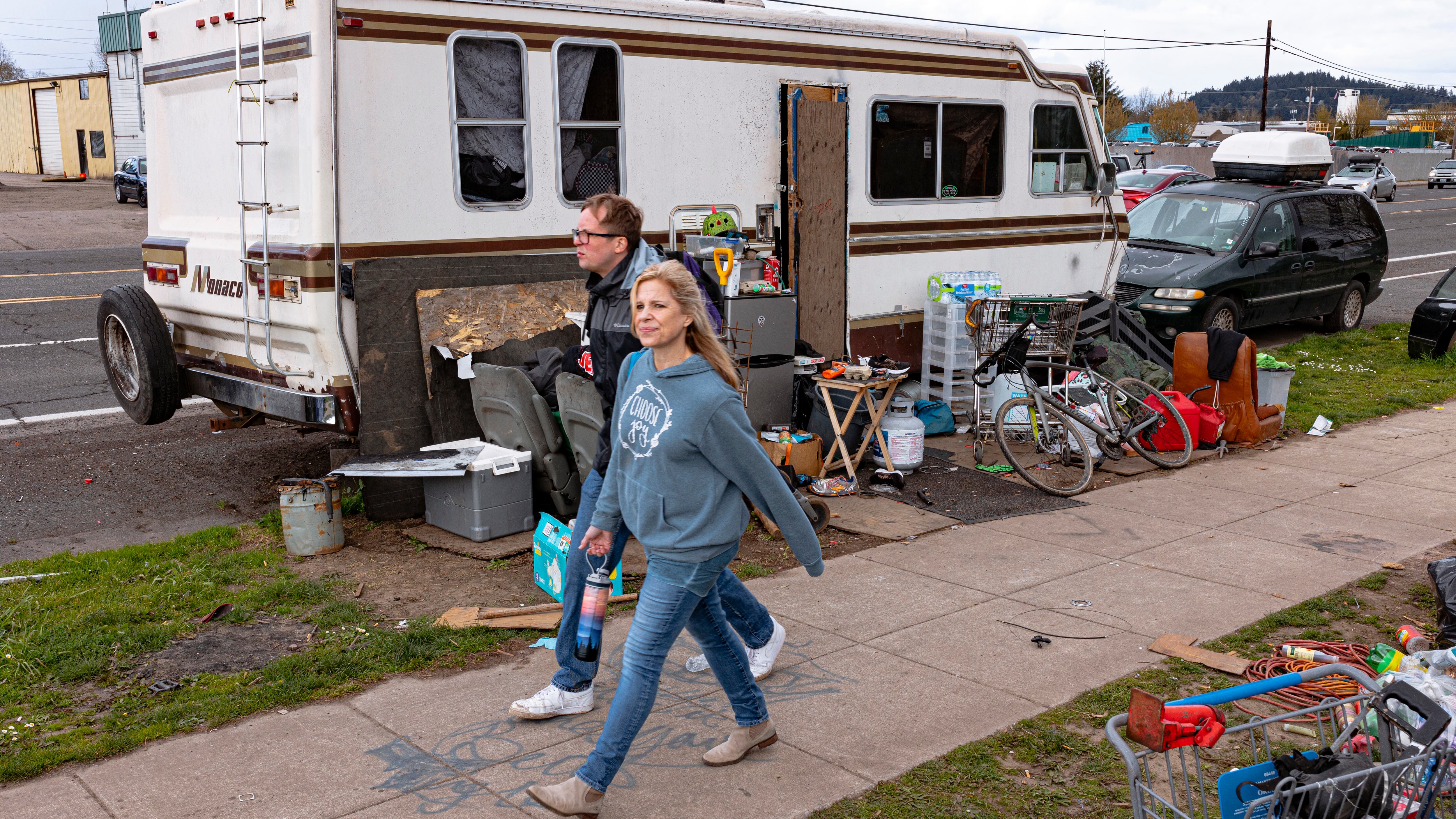Multnomah County officials revealed this morning that 10 of the 54 people who officially died of overheating during the June heat wave were found in RVs, mobile homes or their cars—structures not meant to withstand the heat or cold. Two of those who died in their cars were homeless.
The numbers county officials released today are the most detailed analysis yet of the circumstances in which temperatures above 110 degrees proved fatal over three days last month. The heat killed as many as 71 people, but the county is still confirming the cause of death for the remaining 17 deaths.
Over half of the 54 who died from confirmed hyperthermia (that is, overheating) lived in apartment buildings, and the remaining 15 lived in single-family homes. The county, as it’s noted before, reaffirmed that most people were found alone.
Only eight people were found with portable air conditioning units, and all but one of those was malfunctioning or not plugged in. No one had central air conditioning.
Today’s announcement marks the first time Multnomah County has released physical details of the places where people died in the heat wave, information that may help prevent similar deaths in the future as extreme climate events become more common. County and state officials have declined to release the names or addresses of people who died. WW has appealed that denial to the Multnomah County district attorney.
The ZIP code with the highest number of deaths—six—is west of the river and engulfs a portion of Northwest Portland from the waterfront to the Pearl District. Four ZIP codes with four deaths apiece, the second-highest number, were east of the Willamette River. Three of those began east of 52nd Avenue.
The county defended its response to the heat wave, saying no one could have predicted just how how hot it would get.
“Over the last several years, Multnomah County developed an extreme heat response plan with a range of interventions meant to help the community prepare for events of differing severity. But no one predicted a heat event of this magnitude at this time. We used every intervention in our plan and several that we improvised in short order,” the county said.
In a press conference today, Multnomah County Chair Deborah Kafoury lamented the deaths, saying that the heat wave “arrived decades ahead of our best predictions for when this kind of climate disruptions should first appear.” She said that the county contacted thousands of vulnerable residents who were already in the county’s data base via its various programs.
“We contacted vulnerable neighbors directly to warn them what was coming and tell them where they could find safety. We called thousands of seniors and people with disabilities and texted 12,000 pregnant and nursing moms. We sent out messages in 10 languages and called building managers and development companies,” Kafoury said. She said she did not know how many of those who died were contacted by the county.
Kafoury said the county would be compiling more reports in the coming months to deeper analyze the factors that contributed to the deaths: “We are resolved in this report and in the deeper reviews you’ll see in the coming months, and we will find the lessons of this heat event.”
Chris Voss, director of the county’s Emergency Management Department, says his office will be putting out a report in the next 30 days of how the county will be better prepared for the next heat wave: “It will focus on some of the quick things we can do, understanding that there’s still a lot of summer left. Some of those areas might focus on transportation, outreach, communications, staff recruitment—things we can do now in case there’s another incident later this summer.”
Voss says the county needs to open up more cooling centers next time that are accessible to the city’s most vulnerable populations.

